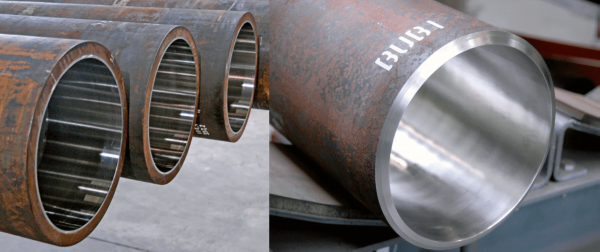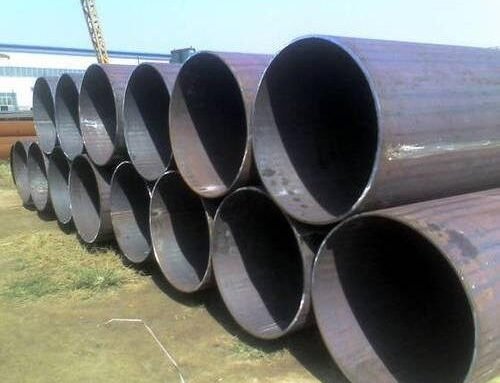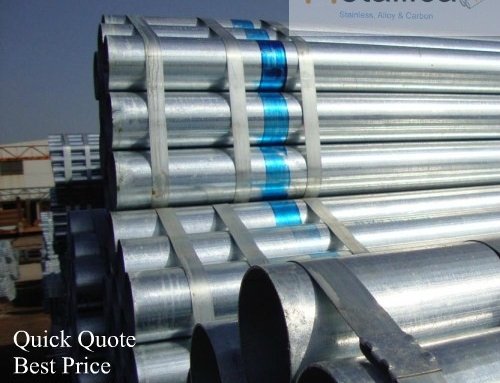
Clad Pipe and Lined Pipe [Image Source: From Web]
Both clad and lined pipes consist of a carbon steel pipe which has a layer of CRA in contact with the production fluid and hence, its corrosive environment.
For clad pipes, the layer of Corrosion Resistant Alloy (CRA) is applied using different procedures that create a metallurgical bond, while the lined pipe is applied through a mechanical bond between the CRA and the carbon steel pipe.

Pipe Material [Image Source: From Web]
Lined Pipe
By applying a lined material to carbon steel pipe, we can get the benefit of anti-corrosion property of lined material and strength of carbon steel. Commonly used lined materials are:
PTFE
Rubber
Glass
FRP (Fiber reinforced plastic)
Clad Pipe
A clad pipe has a Metallurgical bond between pipe and cladding material
The cladding is done by an explosive bonding process or by welding of clad material on a pipe
High strength carbon steel materials are cladded with high corrosion resistant metal to achieve cost benefits.
Pros and Cons
Cost effective: – Lined pipe is a cost-effective solution for non-critical services whereas Clad pipes are costly compared to lined pipe but cost-effective solution for critical services.
High temperature: – Lined Pipe has a limitation of non-metal such as it cannot be used in high temperature and pressure services. Clad pipe can be used in high temperature and pressure services.
Established in 1975, the Metallica Metals Group has its operations spread across major cities in India. We are a pioneer in the stainless steel pipes, carbon steel pipes and alloy steel pipes manufacturing and processing industry. Our products are exported to over 70 countries across the world, while in India we have supplies to even the remote areas. With over 250 tons of sale in stainless steel and carbon steel pipes every day, Metallica has emerged as a prominent vendor for many buyers in India and Overseas.







Leave A Comment